Face processing
Recent articles
The case for redefining ‘theory of mind’: Q&A with François Quesque
In a new commentary, Quesque and 44 experts in neuroscience and psychology propose a standardized lexicon for research on the attribution of mental states.
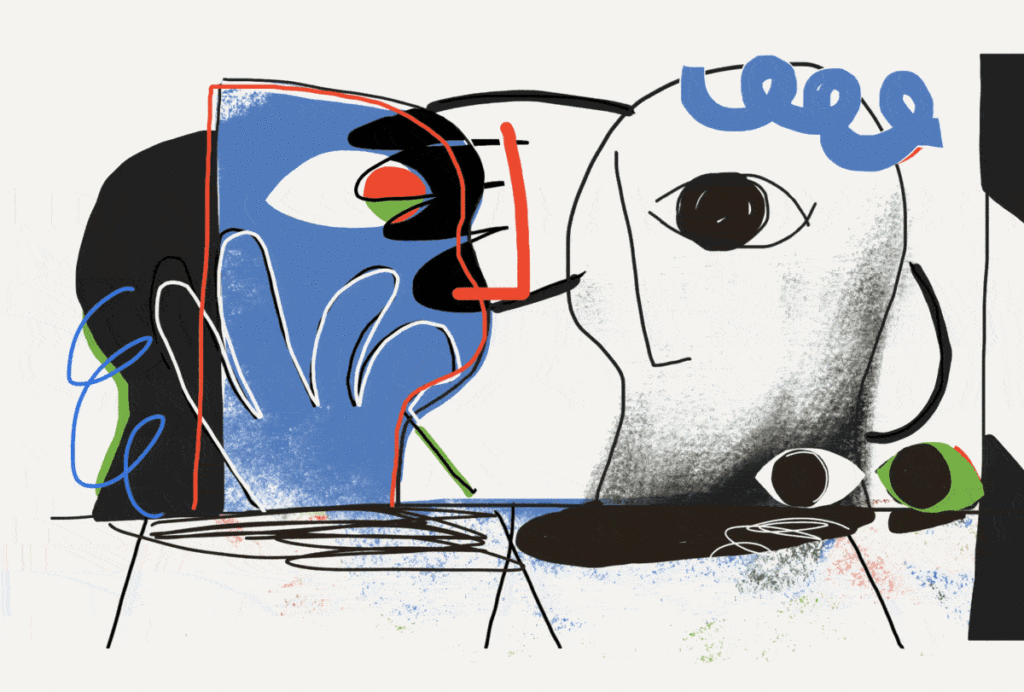
The case for redefining ‘theory of mind’: Q&A with François Quesque
In a new commentary, Quesque and 44 experts in neuroscience and psychology propose a standardized lexicon for research on the attribution of mental states.
Newly found circuit through visual cortex powers first look at faces
The superior colliculus, an evolutionarily ancient brain area responsible for eye movements, responds to faces before the canonical face areas do, a study of macaque monkeys suggests.

Newly found circuit through visual cortex powers first look at faces
The superior colliculus, an evolutionarily ancient brain area responsible for eye movements, responds to faces before the canonical face areas do, a study of macaque monkeys suggests.
2024 Kavli Prize awarded for research on face-selective brain areas
Studies by Nancy Kanwisher, Winrich Freiwald and Doris Tsao revealed how the brains of humans and other primates identify faces and helped establish an understanding of brain specialization.

2024 Kavli Prize awarded for research on face-selective brain areas
Studies by Nancy Kanwisher, Winrich Freiwald and Doris Tsao revealed how the brains of humans and other primates identify faces and helped establish an understanding of brain specialization.
New tablet-based tools to spot autism draw excitement — and questions
Handheld devices promise to bring autism detection home, but many researchers urge caution.

New tablet-based tools to spot autism draw excitement — and questions
Handheld devices promise to bring autism detection home, but many researchers urge caution.
Autism research hits the road
Some scientists are thinking creatively about how to collect data in flexible environments and meet communities where they’re at.
Autism research hits the road
Some scientists are thinking creatively about how to collect data in flexible environments and meet communities where they’re at.
Noah Sasson: Connecting with the autistic community
Intentional interactions with autistic people led Sasson to refocus his research.
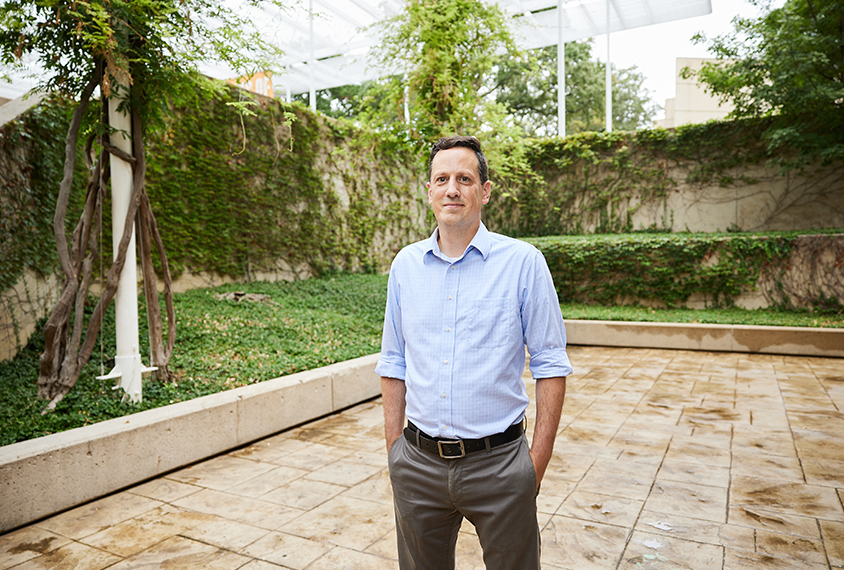
Noah Sasson: Connecting with the autistic community
Intentional interactions with autistic people led Sasson to refocus his research.
Community Newsletter: Autism gene lists, genetic diversity in mouse models, an autism biomarker
This week, we’re bringing you some labors of love: a thread lamenting the autism field’s focus on gene lists, a study introducing genetic diversity in mouse models, and long-awaited results from a biomarker study.
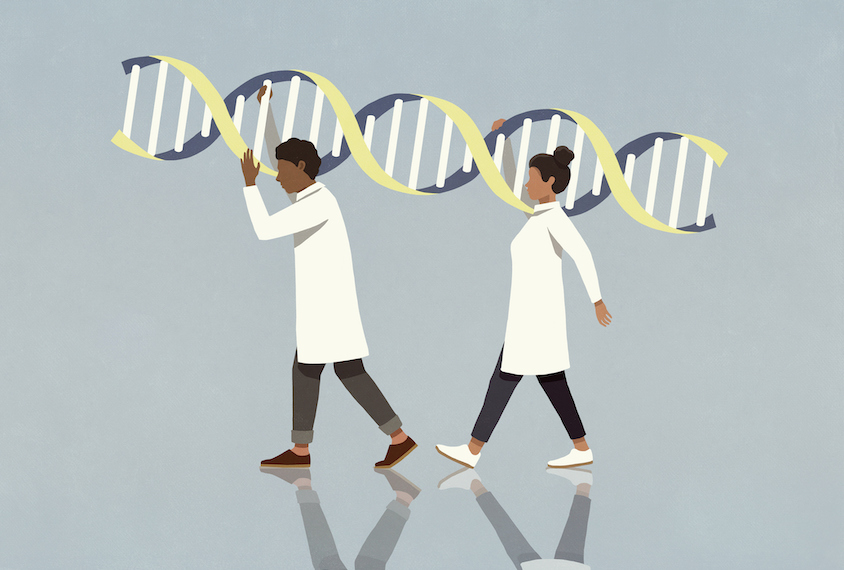
Community Newsletter: Autism gene lists, genetic diversity in mouse models, an autism biomarker
This week, we’re bringing you some labors of love: a thread lamenting the autism field’s focus on gene lists, a study introducing genetic diversity in mouse models, and long-awaited results from a biomarker study.
Brain’s response to faces foretells social development in autistic people
A delayed brain response to viewing faces may predict lags in social-skill development in autistic people.
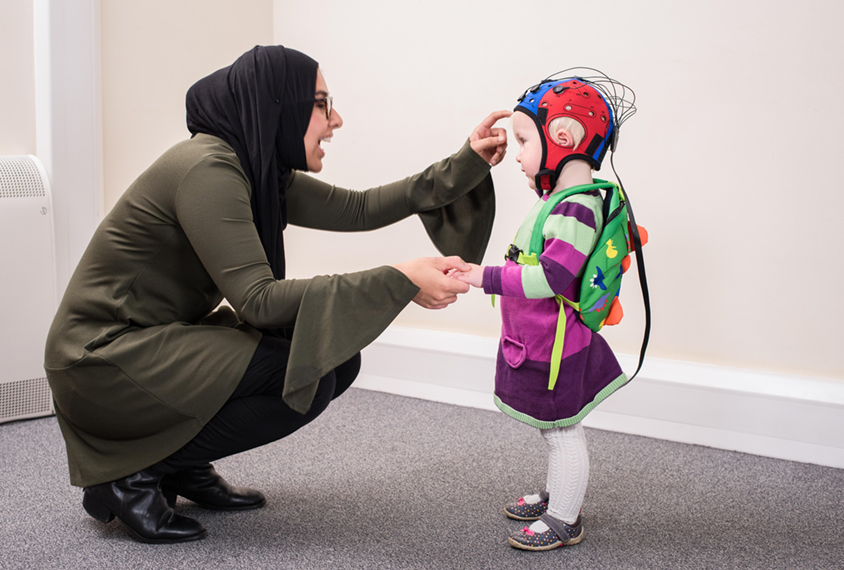
Brain’s response to faces foretells social development in autistic people
A delayed brain response to viewing faces may predict lags in social-skill development in autistic people.
Connecting autism-linked genetic variation to infant social behavior
Integrating genetic analyses into studies of babies’ brain development could help us understand how autism-related genes contribute to autism traits.
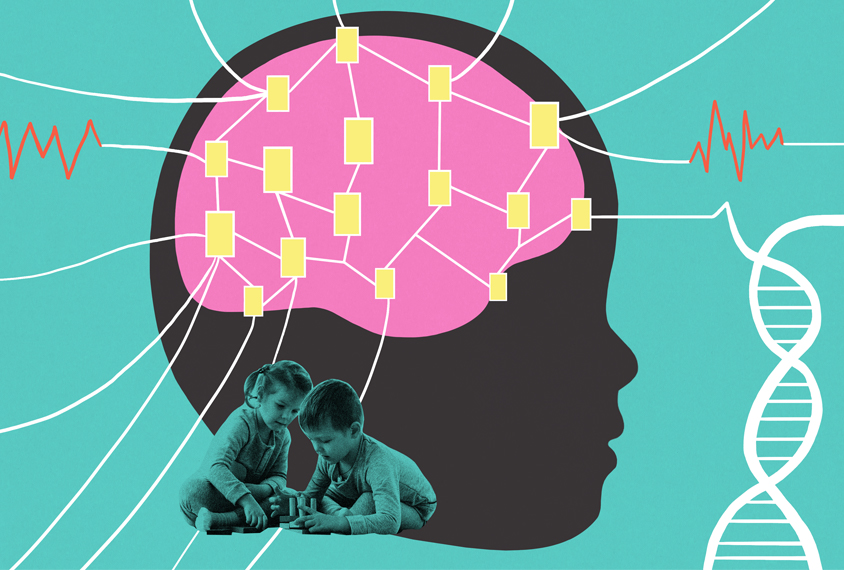
Connecting autism-linked genetic variation to infant social behavior
Integrating genetic analyses into studies of babies’ brain development could help us understand how autism-related genes contribute to autism traits.
Alexithymia, not autism, may drive eye-gaze patterns
How autistic people look at a face may be linked more to alexithymia, a condition marked by difficulties recognizing one's own emotions, than to autism.

Alexithymia, not autism, may drive eye-gaze patterns
How autistic people look at a face may be linked more to alexithymia, a condition marked by difficulties recognizing one's own emotions, than to autism.
Explore more from The Transmitter
‘Ancient’ brainstem structure evolved beyond basic motor control
The human red nucleus may also help coordinate action, reward and motivated behavior, a new study suggests.
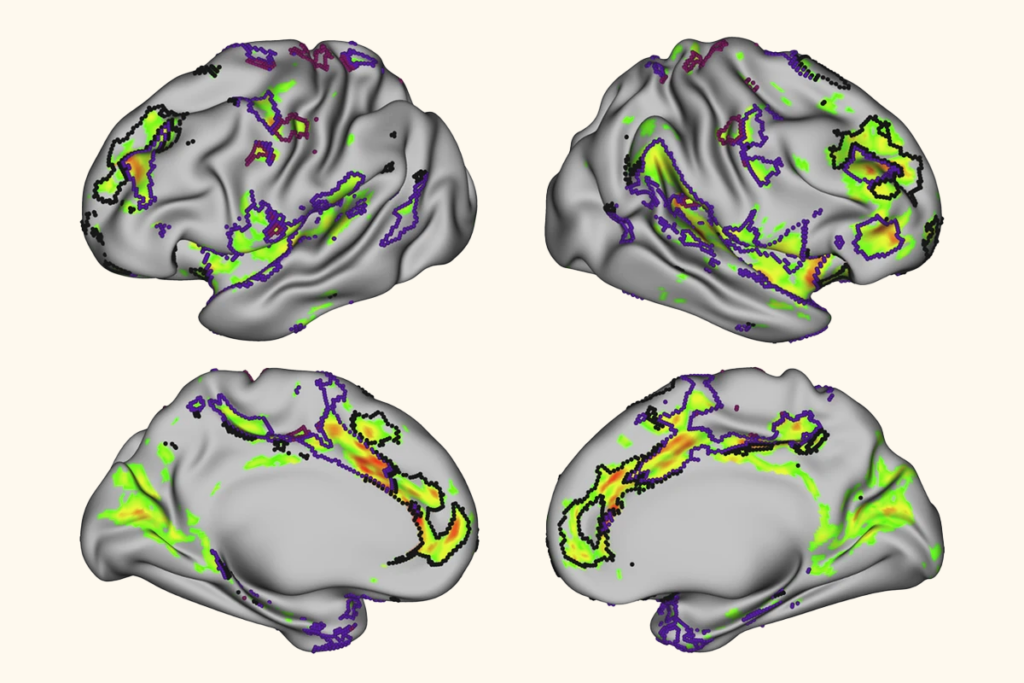
‘Ancient’ brainstem structure evolved beyond basic motor control
The human red nucleus may also help coordinate action, reward and motivated behavior, a new study suggests.
Reporter’s notebook: Highlights from INSAR 2025
The annual meeting brought autism researchers, advocates and clinicians to Seattle to discuss the latest research, including attempts to define subgroups, a potential new CHD8 macaque model and life expectancy gaps.

Reporter’s notebook: Highlights from INSAR 2025
The annual meeting brought autism researchers, advocates and clinicians to Seattle to discuss the latest research, including attempts to define subgroups, a potential new CHD8 macaque model and life expectancy gaps.
NIDA shutters diversity fellowship program, axes active awards
It’s unclear if the cancellation at the U.S. National Institute on Drug Abuse extends to the fellowships awarded by other institutes within the National Institutes of Health.
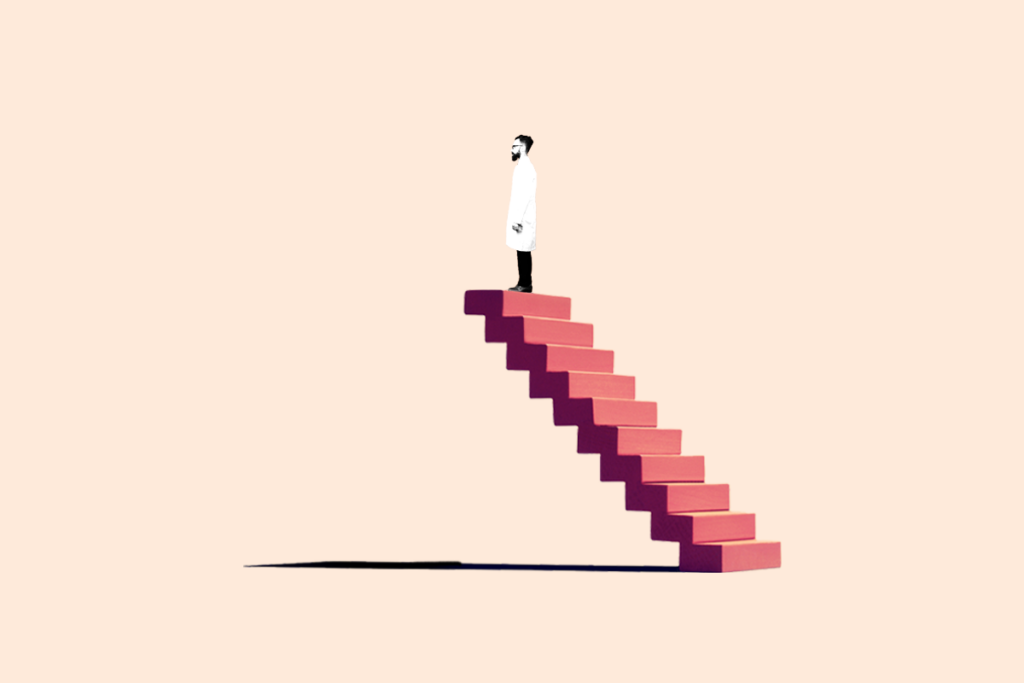
NIDA shutters diversity fellowship program, axes active awards
It’s unclear if the cancellation at the U.S. National Institute on Drug Abuse extends to the fellowships awarded by other institutes within the National Institutes of Health.